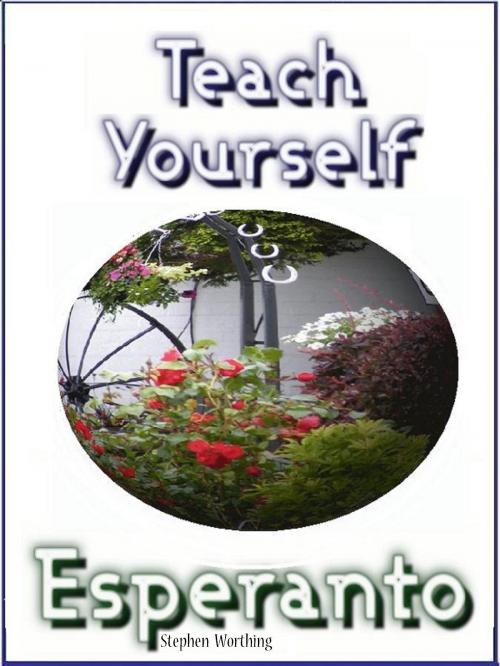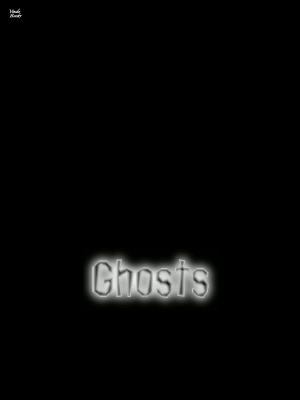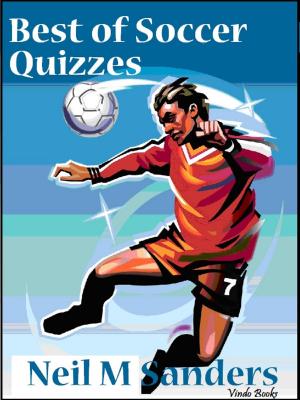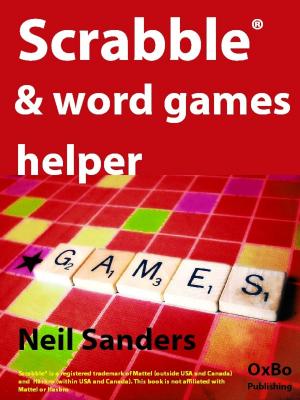Teach Yourself Esperanto
Nonfiction, Reference & Language, Education & Teaching, Teaching, Language Experience Approach, Study Skills, Reference| Author: | Stephen Worthing | ISBN: | 1230000191134 |
| Publisher: | Vindo Books | Publication: | October 17, 2013 |
| Imprint: | Language: | English |
| Author: | Stephen Worthing |
| ISBN: | 1230000191134 |
| Publisher: | Vindo Books |
| Publication: | October 17, 2013 |
| Imprint: | |
| Language: | English |
Esperanto is the most widely spoken constructed international auxiliary language. Its name derives from Doktoro Esperanto (Esperanto translates as - one who hopes), the pseudonym under which L. L. Zamenhof published the first book detailing Esperanto, the Unua Libro, in 1887. Zamenhof's goal was to create an easy-to-learn and politically neutral language that would foster peace and international understanding between people with different regional and/or national languages.
This book covers everything you need to learn this amazing language, including sections on:
Conjunctions
Definitions
Grammar
Nouns, Pronouns, Adjectives etc.
Phrases
Primary Words
Pronunciation
Prepositions
Punctuation
Speech
Suffixes and Prefixes
Syntax
There are also exercises too to help educate you.
Estimates of Esperanto speakers range from 10,000 to two million active or fluent speakers. Esperanto has native speakers, that is, people who learned Esperanto from their parents as one of their native languages.
Esperanto is spoken in about 115 countries. Usage is particularly high in Europe, eastern Asia and North & South America. The first World Congress of Esperanto was organized in France in 1905. Since then congresses have been held in various countries every year with the exception of years in which there were world wars. Although no country has adopted Esperanto officially, Esperanto was recommended by the French Academy of Sciences in 1921 and was recognized by UNESCO in 1954.
In 2007 Esperanto was the 32nd language that adhered to the "Common European Framework of Reference for Languages: Learning, Teaching, Assessment (CEFR)". Esperanto is currently the language of instruction of the International Academy of Sciences in San Marino. There is evidence that learning Esperanto may provide a superior foundation for learning languages in general, and some primary schools teach it as preparation for learning other foreign languages.
Esperanto is the most widely spoken constructed international auxiliary language. Its name derives from Doktoro Esperanto (Esperanto translates as - one who hopes), the pseudonym under which L. L. Zamenhof published the first book detailing Esperanto, the Unua Libro, in 1887. Zamenhof's goal was to create an easy-to-learn and politically neutral language that would foster peace and international understanding between people with different regional and/or national languages.
This book covers everything you need to learn this amazing language, including sections on:
Conjunctions
Definitions
Grammar
Nouns, Pronouns, Adjectives etc.
Phrases
Primary Words
Pronunciation
Prepositions
Punctuation
Speech
Suffixes and Prefixes
Syntax
There are also exercises too to help educate you.
Estimates of Esperanto speakers range from 10,000 to two million active or fluent speakers. Esperanto has native speakers, that is, people who learned Esperanto from their parents as one of their native languages.
Esperanto is spoken in about 115 countries. Usage is particularly high in Europe, eastern Asia and North & South America. The first World Congress of Esperanto was organized in France in 1905. Since then congresses have been held in various countries every year with the exception of years in which there were world wars. Although no country has adopted Esperanto officially, Esperanto was recommended by the French Academy of Sciences in 1921 and was recognized by UNESCO in 1954.
In 2007 Esperanto was the 32nd language that adhered to the "Common European Framework of Reference for Languages: Learning, Teaching, Assessment (CEFR)". Esperanto is currently the language of instruction of the International Academy of Sciences in San Marino. There is evidence that learning Esperanto may provide a superior foundation for learning languages in general, and some primary schools teach it as preparation for learning other foreign languages.















